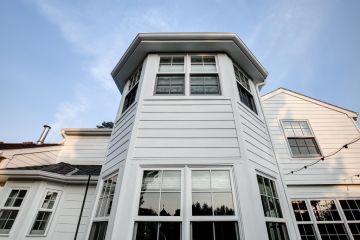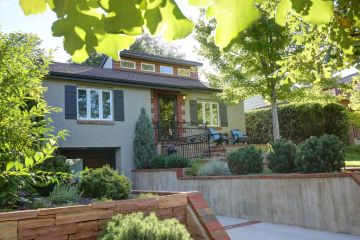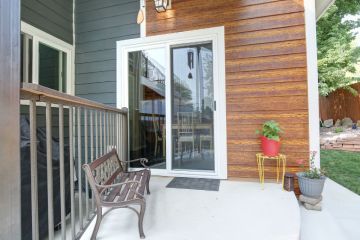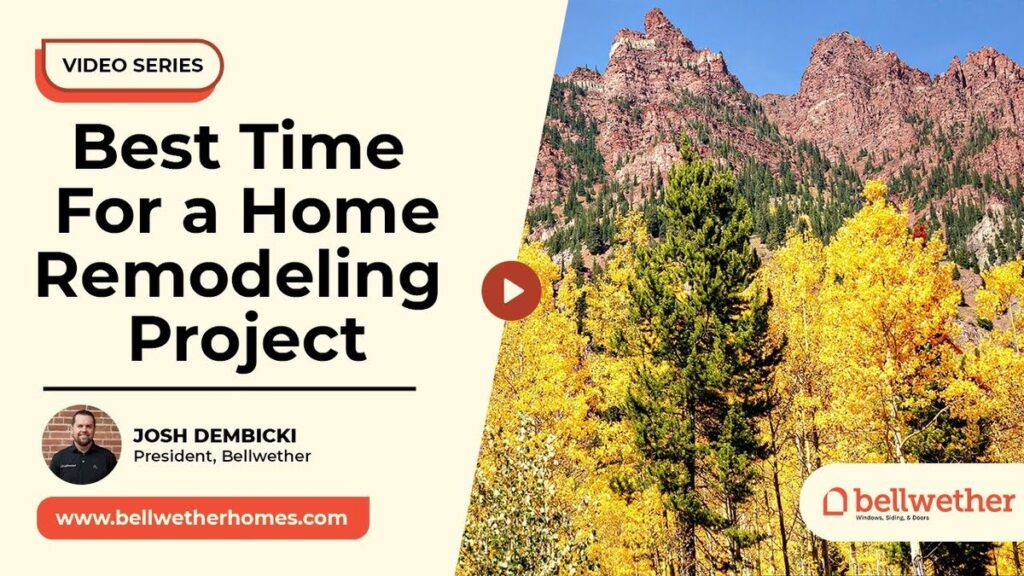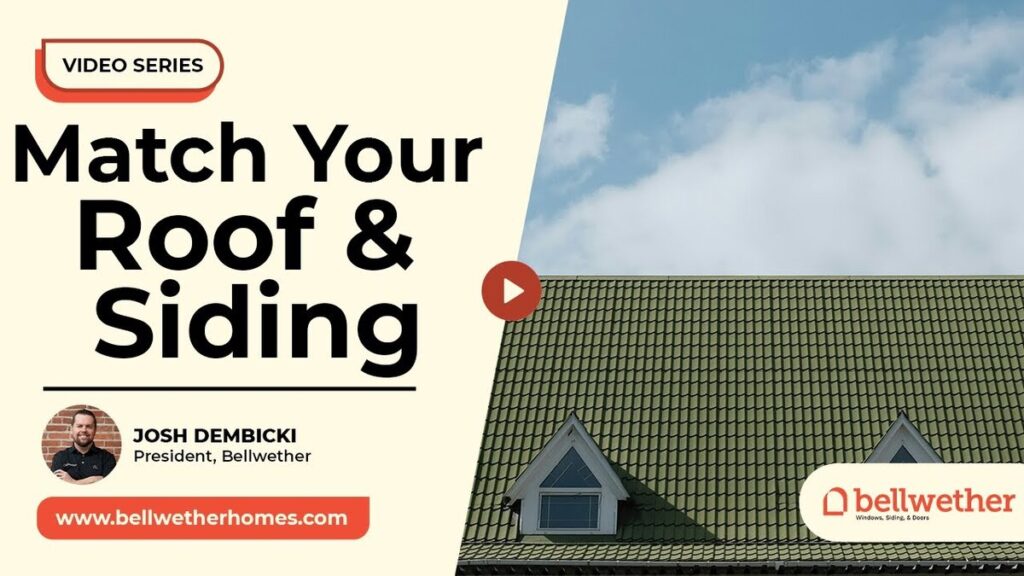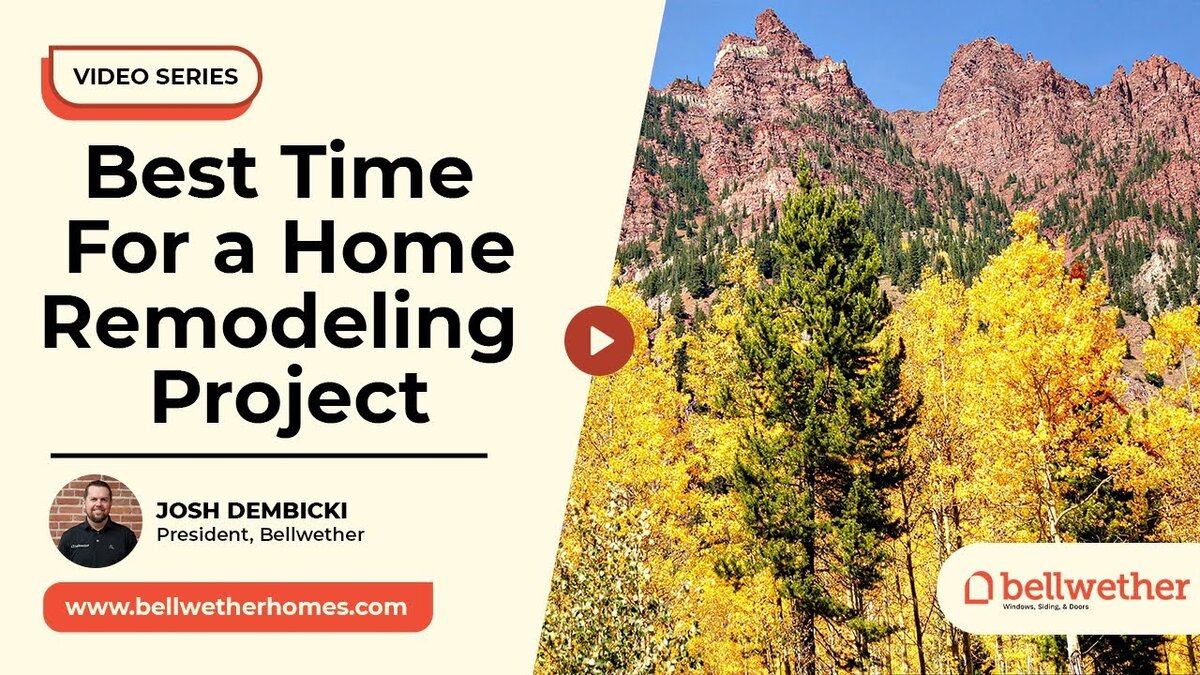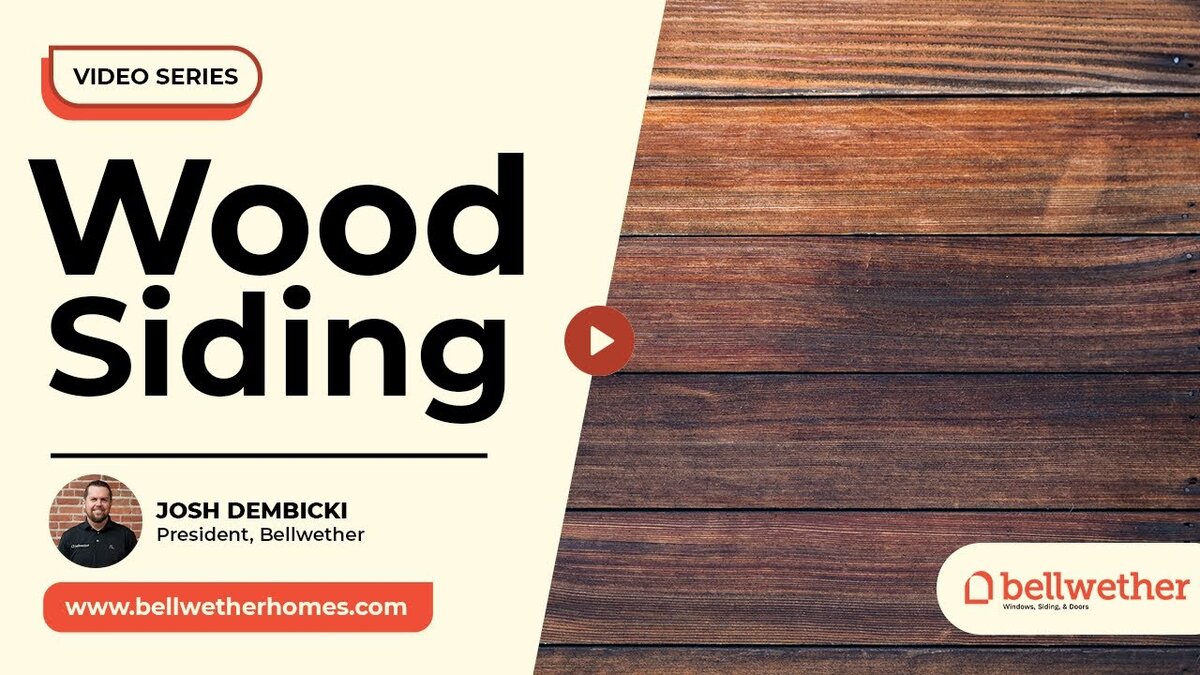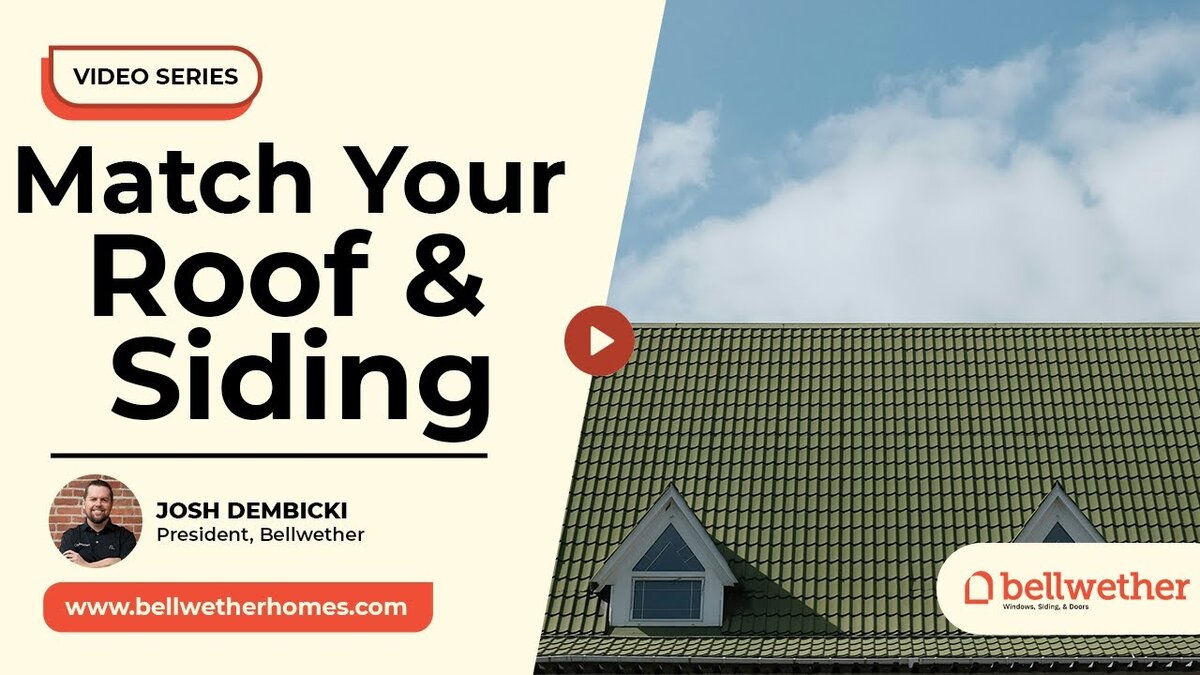There are so many siding options to choose from, and it is important to understand the pros and cons of each option, especially when you want to protect your home exterior from the Colorado climate. Recently, there has been a resurgence of metal siding products. Metal siding appeals to Colorado homeowners because of its durability against weather elements and especially wildfires, which are a higher risk in Colorado’s forested areas. But what are the pros and cons of metal siding? The Bellwether design team understands the benefits and the drawbacks of metal siding, and we can walk you through the best siding option for your home.
What are some of the pros of metal siding?
Metal siding is a stronger material than other siding options like vinyl or wood, as it is generally made from aluminum or steel. This durability makes it an excellent choice for withstanding potential weather and environmental conditions such as high winds, baking sun, and snow and ice. This resilience against climate also means that metal siding will not rot, mold, fade, and is not attractive to pests and insects. Perhaps most importantly for Colorado homeowners, especially for mountain homes, is that metal siding is resistant to fire.
From a design standpoint, metal siding is a great siding option because it can be installed to look like vinyl or wood siding, in any number of popular siding styles, such as lap siding or board and batten siding. Generally, metal siding comes pre-painted from the manufacturer and is available in a large spectrum of color choices, meaning you can achieve the look you want for your home with metal siding.
Are there major cons to using metal siding on my Colorado home?
Despite the great benefits of metal siding, Bellwether recommends using fiber cement siding over metal siding for Colorado homes. Fiber cement siding offers all the same pro points as metal siding, without some of its drawbacks.
First, though metal siding is durable and resistant to most weather elements, it does not hold up as well under forceful weather consequences such as falling tree branches. Even large hail might dent your metal siding beyond repair.
This susceptibility also makes metal siding more high maintenance than fiber cement siding. Though it comes pre-painted from the manufacturer, the paint can easily scratch, and color-matching touch-ups can prove tricky and time-consuming. Fiber cement siding arrives pre-treated from the manufacturer, and James Hardie fiber cement siding uses ColorPlus Technology to press the color into the siding board so that it lasts longer.
Metal siding is a durable material, but it can be more difficult to climate control. Aluminum and steel are not naturally insulated as is fiber cement siding, and in extreme cold or baking sun, it becomes more difficult to control a metal siding home’s interior. Plus, metal siding materials used to be more affordable, but with prices on the rise, it is no longer a budget-friendly option. The total cost for metal siding is nearly as much as James Hardie fiber cement siding, and homeowners incur additional expenses because metal siding is less efficient, driving up heating and cooling costs.
What siding product should I choose instead?
As an Elite Preferred James Hardie contractor, our design team believes that the benefits of fiber cement siding out-weigh the benefits of metal siding. With fiber cement, you get all of the same protective endurance of metal siding, but with less maintenance and higher energy efficiency. It is an investment that makes sense for a beautiful home exterior and a warm, dry home interior.



